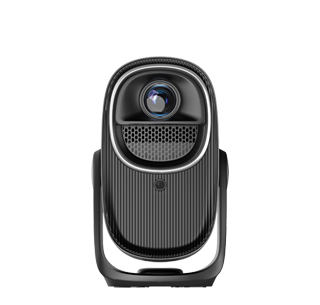
The performance and characteristics of a projector are significantly influenced by its light source, and several types are available, each with its own advantages and drawbacks.
The traditional incandescent light source was one of the earliest used in projectors. Incandescent bulbs work by heating a filament until it glows, producing light. However, they are highly inefficient, converting a large portion of electrical energy into heat rather than light. They also have a relatively short lifespan and produce a limited color gamut. Due to these limitations, incandescent light sources have largely been phased out in modern projectors.
Halogen lamps are an improvement over incandescent bulbs. They contain a small amount of halogen gas, which helps to redeposit evaporated tungsten back onto the filament, extending the bulb's lifespan and increasing its brightness. Halogen light sources can produce a bright white light and offer a better color rendering compared to incandescent bulbs. However, they still generate a significant amount of heat and consume relatively high power, and their lifespan is still shorter compared to some newer technologies.
Metal - halide lamps are widely used in many professional and high - end projectors. These lamps work by passing an electric current through a mixture of metal halides and mercury vapor. They produce a very bright, white - light output with excellent color accuracy and a wide color gamut, making them suitable for applications where high - quality image projection is required, such as in cinemas, large - scale conferences, and outdoor projections. But metal - halide lamps have a warm - up time before they reach full brightness, and they also have a limited lifespan and are prone to bulb burnout.
Light - Emitting Diodes (LEDs) have become increasingly popular in modern projectors. LEDs are solid - state devices that emit light when an electric current passes through them. They offer several advantages, including long lifespan (lasting up to 20,000 - 50,000 hours or more), low power consumption, instant on - off functionality, and the ability to produce a wide range of colors without the need for color filters. LEDs also generate less heat, reducing the need for large cooling systems. However, they may not be as bright as some other light sources, making them more suitable for indoor and smaller - scale applications.
Laser light sources represent the latest advancement in projector lighting technology. Lasers can produce extremely bright, consistent light with a long lifespan and excellent color accuracy. They offer high - contrast ratios and can cover a wide color gamut. Laser projectors can operate for up to 20,000 hours or more without the need for bulb replacement, reducing maintenance costs. They also have fast start - up times and can be used in a variety of environments, from home theaters to large - scale commercial installations. However, laser projectors are currently more expensive compared to some other types, but their cost is gradually decreasing as the technology becomes more widespread.
Read recommendations:
HW45 Home Cinema - HW Series Projector
Mirroring Your Phone Screen to a Projector
Home theater Projector OEM Supply Chain
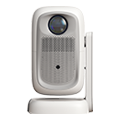
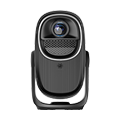



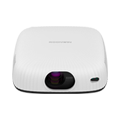
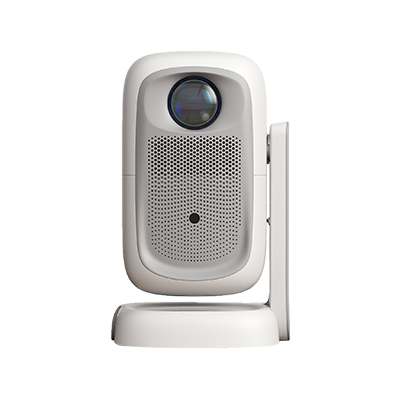

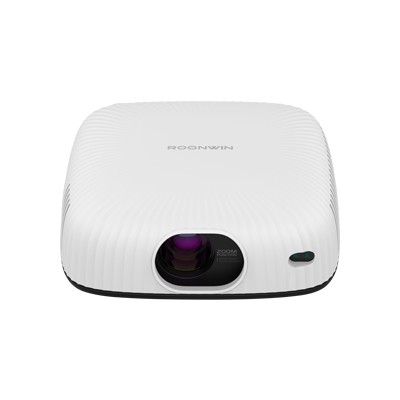









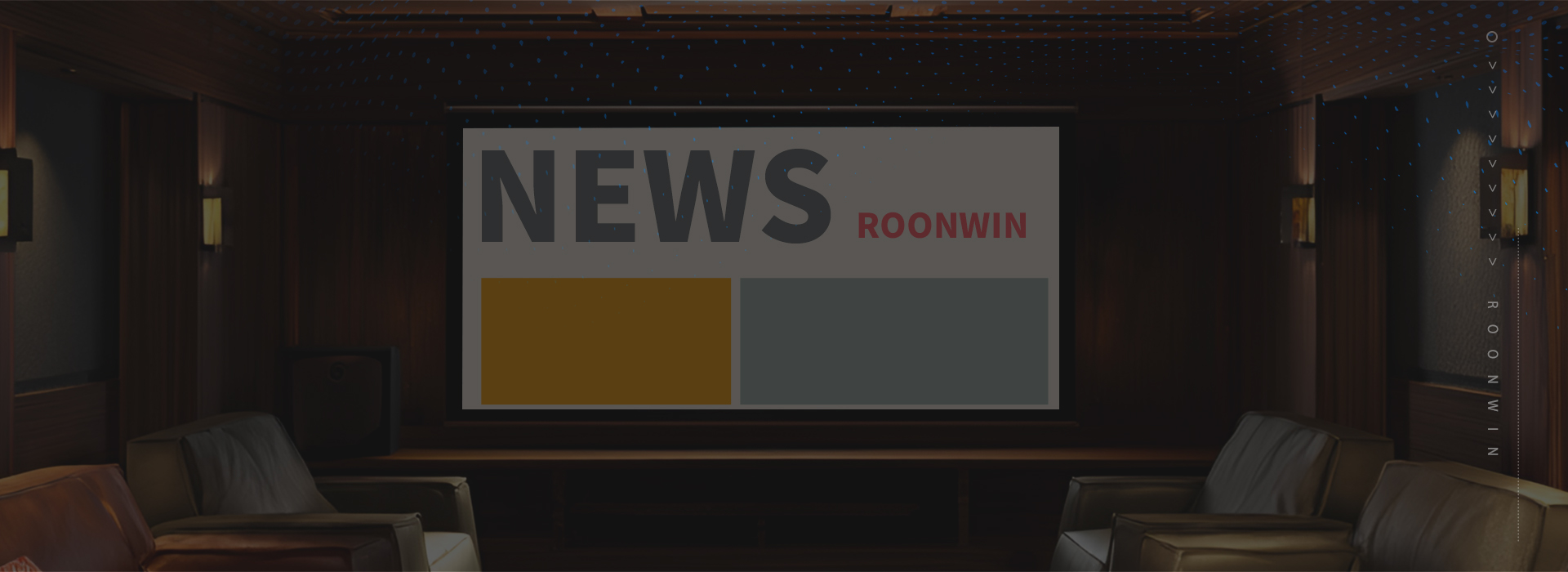

 Reviewed:
Reviewed:











